

Understanding the Quiet Quitting Trend: Key Insights from Recent Employee Survey
Understanding the Quiet Quitting Trend: Key Insights from Recent Employee Survey
In today’s workplace, a significant phenomenon known as 'quiet quitting' has come to the forefront, indicating a potential crisis in employee engagement and satisfaction. A recent study conducted by Corner Inc., a human resources professional boutique, sheds light on this troubling trend by surveying 413 full-time employees from companies with over 100 employees. The findings reveal that nearly 40% of respondents are currently experiencing quiet quitting, a situation where employees are not actively seeking to leave but have become increasingly disengaged from their work.
Key Findings of the Survey
The survey highlights several key points regarding the state of quiet quitting among employees:
- - Quiet Quitting Prevalence: Approximately 40% of employees fall into the quiet quitting category, characterized by a passive relationship with their job.
- - Primary Dissatisfaction Drivers: The leading reasons driving these workers include dissatisfaction with salaries and evaluation criteria. The frustration varies by age group; younger employees in their 20s primarily express concerns about daily job comfort, while middle-aged employees (30s to 40s) cite a lack of flexibility and career uncertainties. Employees in their 50s voice dissatisfaction regarding decision-making processes by management.
- - Concerns About Organization: Those in the quiet quitting category often express fears about the company's future and a lack of shared purpose and values, indicating a broader trust deficit within the organization.
- - Work Style Implications: Interestingly, over half of the quiet quitting workforce is primarily remote workers, suggesting that issues in trust-building and a sense of community are more pronounced in remote environments. Hybrid work styles showed the lowest percentages of quiet quitting, indicating that a balance in communication and working styles may foster better engagement.
Nature of Employee Discontent
The survey also delved deeper into the dissatisfaction points contributing to the quiet quitting phenomenon:
1. Salary and Compensation: It’s evident that dissatisfaction regarding pay is prevalent across all age groups, signaling a critical area for organizations to address.
2. Evaluation Standards: Employees are largely unhappy with how performance is assessed, leading to feelings of undervaluation.
3. Trust and Future Outlook: A concerning trend revealed that employees’ trust in the organization and its future is waning. Engendering a clearer organizational vision and fostering shared values are vital to countering this.
Age-Based Analysis
Examining the data by age reveals distinctive patterns:
- - Young Employees (20s): Primarily focused on salary dissatisfaction.
- - Middle-aged Employees (30s to 40s): Anxiety surrounding flexibility and career advancement are notable themes.
- - Senior Employees (50s): Concerns predominantly revolve around management's decision-making processes and how these affect their roles and the organization’s direction.
Work Style and Quiet Quitting
The work style impacts significantly affect the prevalence of quiet quitting:
- - Remote Workers: More than 50% of individuals primarily working remotely find a disconnect with their roles, exacerbating the feeling of isolation and insecurity.
- - Hybrid Workers: Those who work in a hybrid environment report the least instances of quiet quitting, suggesting that a mix of in-person and flexibility maintains motivation and engagement more effectively.
The Path Forward
For organizations aiming to combat the quiet quitting trend, it is essential to understand the deep-rooted issues that contribute to employee disengagement. This includes improving salary structures, refining performance evaluation procedures, and enhancing overall communication strategies. Furthermore, organizations must address the psychological and social dimensions of remote work that can lead to trust deficits among employees.
In conclusion, as workplaces continue to evolve, it is crucial for companies to leverage insights from this recent survey to mitigate the quiet quitting trend. By prioritizing employee satisfaction and fostering an engaging and robust organizational culture, businesses can not only retain their talent but also enhance overall productivity and morale.
About the Study
The survey titled 'Quiet Quitting and the Gap in HR Perception' was conducted from May 2 to May 9, 2025, with responses collected from a sample of 413 employees, including 100 HR professionals. This extensive study provides a framework for understanding various employee perspectives and laying down strategies for improvement in the workplace.

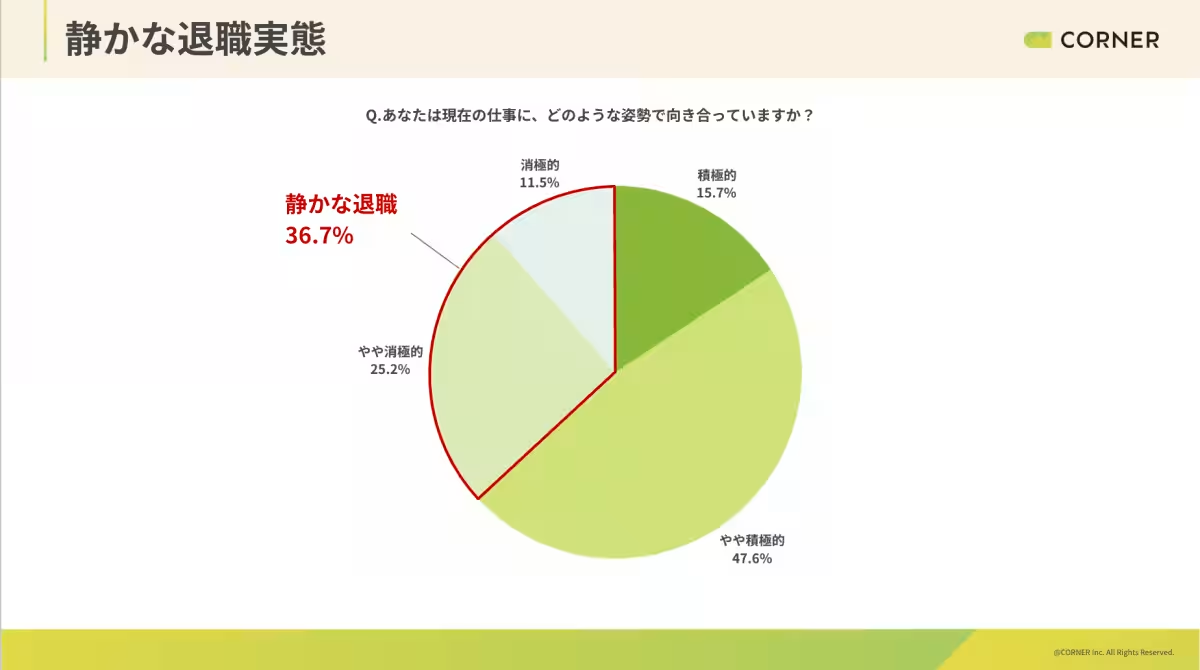
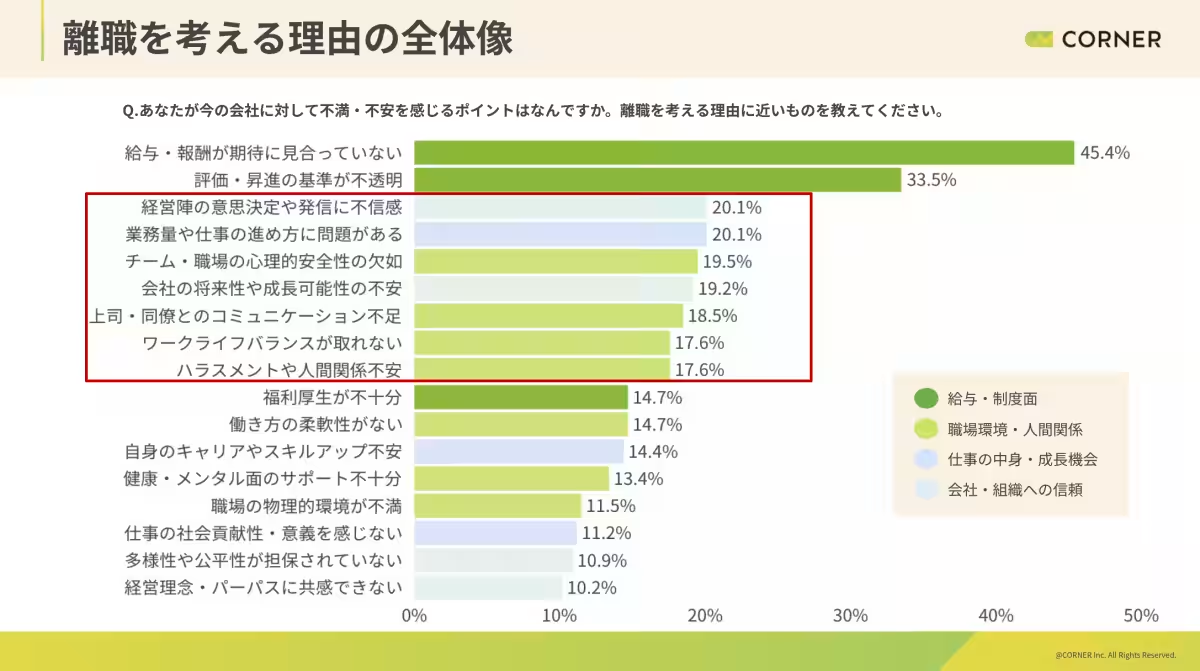
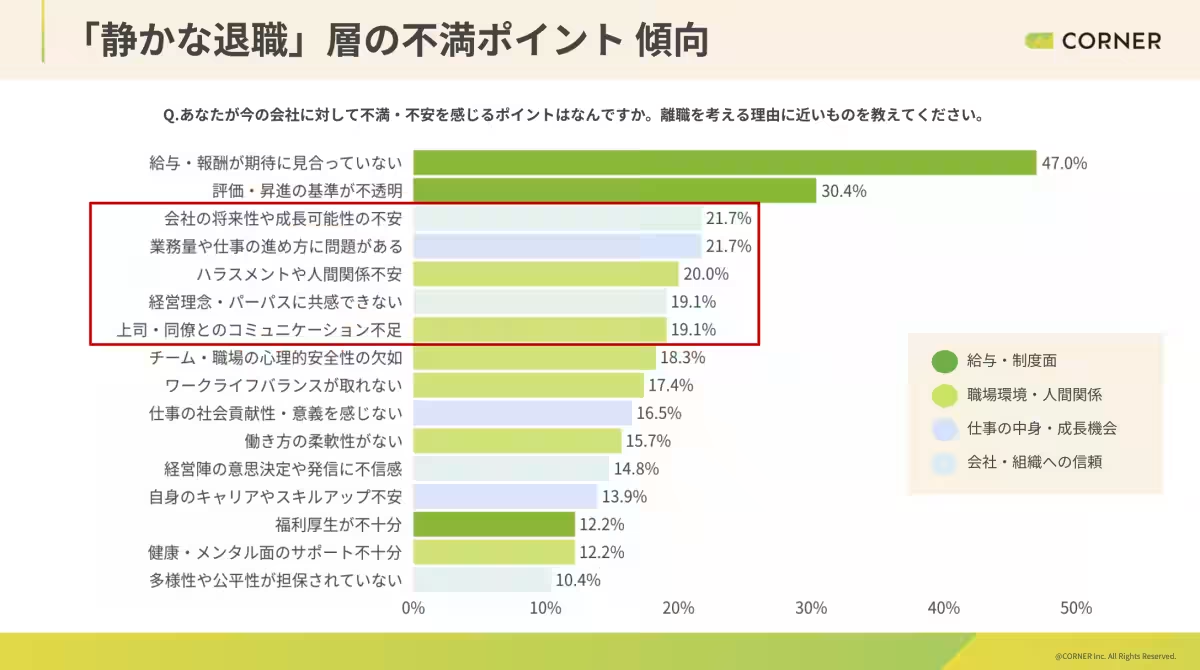
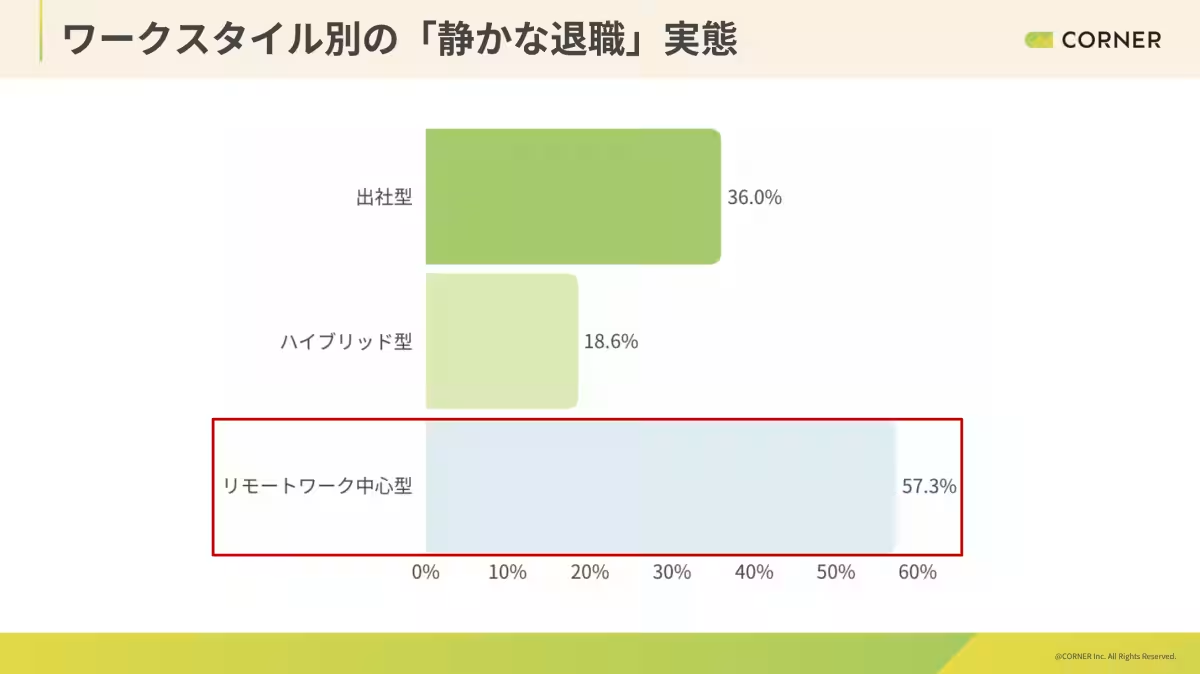
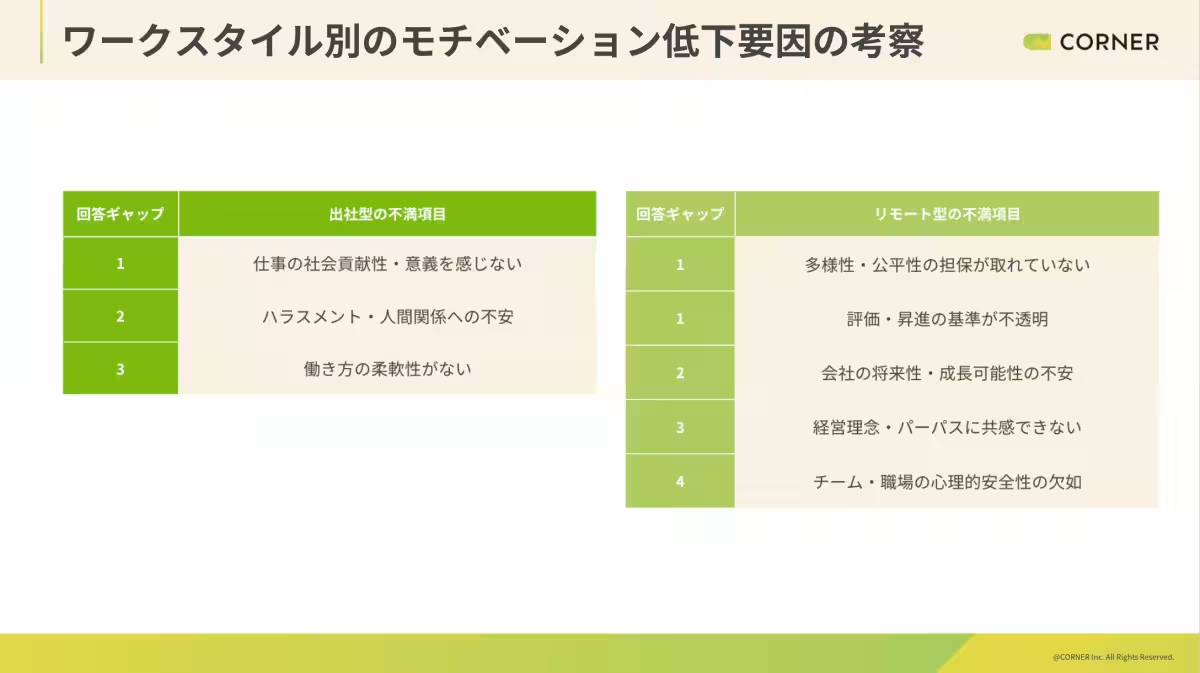

Topics People & Culture)










【About Using Articles】
You can freely use the title and article content by linking to the page where the article is posted.
※ Images cannot be used.
【About Links】
Links are free to use.